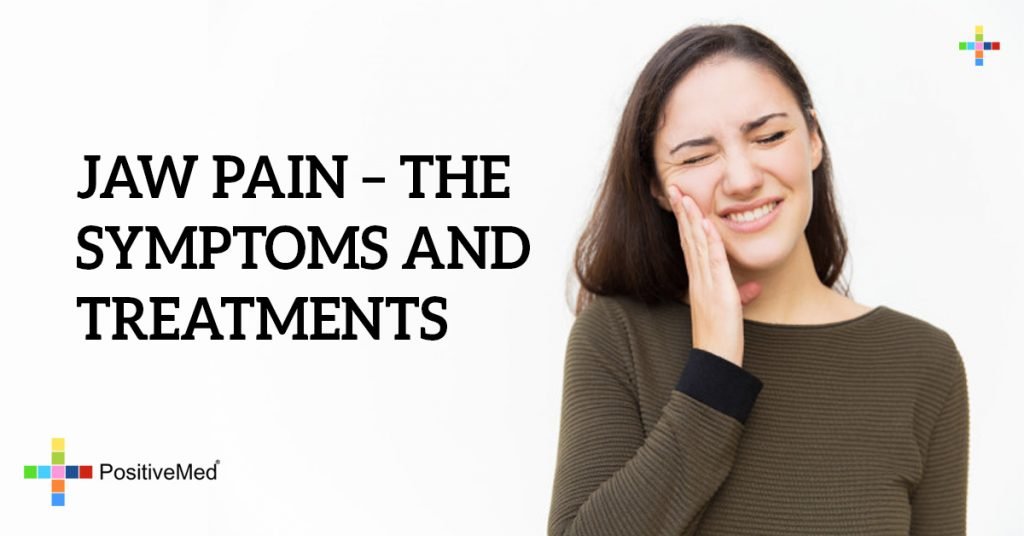
Jaw pain
– temporo-mandibular joint (TMJ) dysfunction, how to diagnose and treat it through physiotherapy.
Temporomandibular Disorders (TMD) or Jaw Pain
– its symptoms and treatmentsMorning headaches, excessive stress or tension and a click whenever the mouth is opened wide are common symptoms of a condition called temporomandibular joint (TMJ) dysfunction. The most common first symptoms of TMD are headaches or neck pain. However, because the symptoms are experienced away from the actual jaw joint, it often takes a long time before the patient receives a proper diagnosis.

Up to a quarter of the general population experiences jaw symptoms at some point in their life. Patients might suffer from facial or neck pain, headaches, plugged ears, clicking during mouth opening or closing and difficulties chewing or jawing. TMD is often called “the great pretender” due to the fact that symptoms mimic disorders related to other nearby structures, such as the neck, head or ears.
The cause of TMJ dysfunction and pain is a misalignment of the jaw joints and often related to stress. The relationship between posture and jaw joint alignment has been well established, and yet not all medical professionals think of referring a patient with TMJ dysfunction to a physiotherapist.
What is the jaw joint?
The jaw joint is a type of ball and socket joint, with a disc in between to cushion the joint surfaces. During mouth-opening, the ball part of the joint (the lower jaw) moves downwards and forwards away from the socket. The cartilaginous disc, which acts as a spacer and cushioning for the jaw joint, is held in place by small ligaments. If there is misalignment then, as the mouth opens, the disc is pulled too far forward away from the joint. Misalignment of the jaw can be due to a hereditary malformation of the actual jaw joint, or it can be due to tight facial muscles, poor posture and changes in tooth height or tooth alignment.
Early on in the disease process, the disc moves out of place as the patient opens his or her mouth until the ligaments pull the disc back into place towards the end of mouth-opening. The patient is made aware of this reduction of the disc by a clicking sensation near the ear. The later the click is heard during the mouth-opening, the more stretched the ligaments are. Eventually, the ligaments can become stretched and painful and finally, they can become so lax that the disc is permanently lost in front of the joint. From then onwards, the lack of cushioning can lead to osteoarthritis in the joint and cause grinding sensations, stiffness and a severe pain.
Causes of TMJ Dysfunction
The trigger of TMJ dysfunction can be stress, psychological or physical trauma or even an extensive dental treatment.
Teeth grinding will lead to ongoing muscle contractions around the jaw. Those muscles are able to compress the jaw and to pull its protective disc away from the joint surfaces. If this problem persists, it can lead to permanent damage and pain and stiffness when opening the mouth or chewing food.
Symptoms of TMJ
The first symptoms of TMJ are often one-sided headaches on waking in the morning, following which comes a noticeable clicking noise when the patient moves his/her mouth. The patient often becomes aware of teeth grinding when he begins to experience pain into the jaw and neck and ear symptoms such as tinnitus or difficulties with re-pressurizing during flights.
Problems with the TMJ can manifest themselves as:
· Tension in neck muscles
· Pain when chewing or yawning
· Jaw pain / Facial Pain
· Dizziness
· Reduced mouth opening
· Jaw clicking or grinding
· One sided headaches
· Tinnitus
· Upper back pain
Who suffers from TMD?
There are certain predisposing factors to TMD, including overuse of jaw muscles through excessive gum chewing, grinding or biting the teeth, malalignment of the jaw and general stress and tension.
The joint itself can also become overstretched during complicated dental procedures requiring excessive mouth opening. Although it has yet to be validated by high-quality studies, there are many theories regarding TMD and “the correct bite”, or the alignment and height of teeth.
A Swiss study (Katsoulis, 2012) found that the average age of TMD patients was 40.4 years with 76.4% women, 23.6% men. In their study, the chief complaint was a pain in 91.3% of the cases, jaw noises in 61.2% or limitation of mouth-opening in 53.3% of cases. Muscular pain accounted for 22.3% of cases, disc displacement for 22.4%, or a combination of the latter two for 37.6% of cases.
What can physiotherapy do for TMD?
Initially, it is most important to come to a diagnosis regarding the source of the patient’s pain. Being experts in neuro-musculoskeletal conditions at ESPH, we can help to distinguish between mechanical, neural or muscular symptoms coming from the head, neck or the jaw.
Once the jaw has been pinpointed as the source of pain, we will be able to assess the muscles directly pulling on the disc, as well as the mobility of the joint itself. We can also assess the contribution of posture to the jaw problem.
During treatment, physiotherapists at ESPH can use a variety of techniques in and outside the mouth to decrease the muscle tone of overactive muscles, to mobilize a stiff or painful jaw joint and to strengthen the right postural muscles to ensure correct biomechanics of that whole region. While there is still a lack of high-quality studies, some have already shown that mobilizing the jaw is as effective to treat TMD as an injection of Botox (Guarda-Nardini, 2012).
During treatments on site the physiotherapists might use
· Ultrasound
· Taping
· Muscle trigger point and massage therapy
· Manual therapy to the jaw and or neck joints
· Postural re-education
· Acupuncture
At ESPH, we refer the patient to a dentist or orthodontist if we feel that a mouth guard would help to reduce compressive forces on the TMJ. In some cases, we will refer you to other medical professionals to rule out other more serious conditions, such as Trigeminal Neuralgia, which could be the underlying problem. Also, in certain cases, imaging such as MRI might be needed for further diagnosis.
Following treatment, our physiotherapists will advise you on using a range of techniques to help with pain management and recovery, including Heat, Ice or self-massage for pain relief, Relaxation techniques and Postural exercises.
At ESPH, we believe that a holistic and multidisciplinary approach will be most beneficial for many patients suffering from TMD. This can involve physiotherapists, dentists, psychologist, nutritionists, and other health professionals.
jaw painTMJ dysfunction can become extremely painful and disabling. It is very important to slow down or prevent the degeneration of the joint, how else will you be able to eat your food?
For further reading on impact that temporomandibular joint dysfunction (TMJD) can have on the physical & physiological wellbeing of an athlete, see Oliver Finlay’s blogs {here}: http://www.oliverfinlay.com/blog.asp?id=OJF-BC10257
References
1. Katsoulis K, Bassetti R, Windecker-Gétaz I, Mericske-Stern R, Katsoulis J. Temporomandibular disorders/myoarthropathy of the masticatory system. Costs of dental treatment and reimbursement by Swiss federal insurance agencies according to the Health Care Benefits Ordinance (KLV) Schweiz Monatsschr Zahnmed. 2012;122(6):510-26.).2. Guarda-Nardini L, Stecco A, Stecco C, Masiero S, Manfredini DMyofascial pain of the jaw muscles: comparison of the short-term effectiveness of botulinum toxin injections and fascial manipulationCranio. 2012 Apr;30(2):95-102. technique.
3. Grossmann Patrick D.Orth RCS (Eng). The Temporo-Mandibular Joint-. A quick guide to Identification of TMD. Course notes.
Author Bio
Libby sharp is a leading UK physiotherapist who founded clinics in West & South London under the {ESPH} http://www.esph.co.uk/physio-and-rehab
– brand and has presented papers at the International Dance Medicine and Science meetings in Stockholm and Canberra. A Pilates rehabilitation expert she has also trained with Polestar Pilates and was one of the first British physios to integrate Pilates equipment with physiotherapy rehab.
She trained at St. Mary’s and completed a Masters in Neuromusculoskeletal physiotherapy at University College London. Her clinic was founded in Camberwell in 1977 (relocating to Dulwich in 2007), and the second in Harley Street in 1989.







